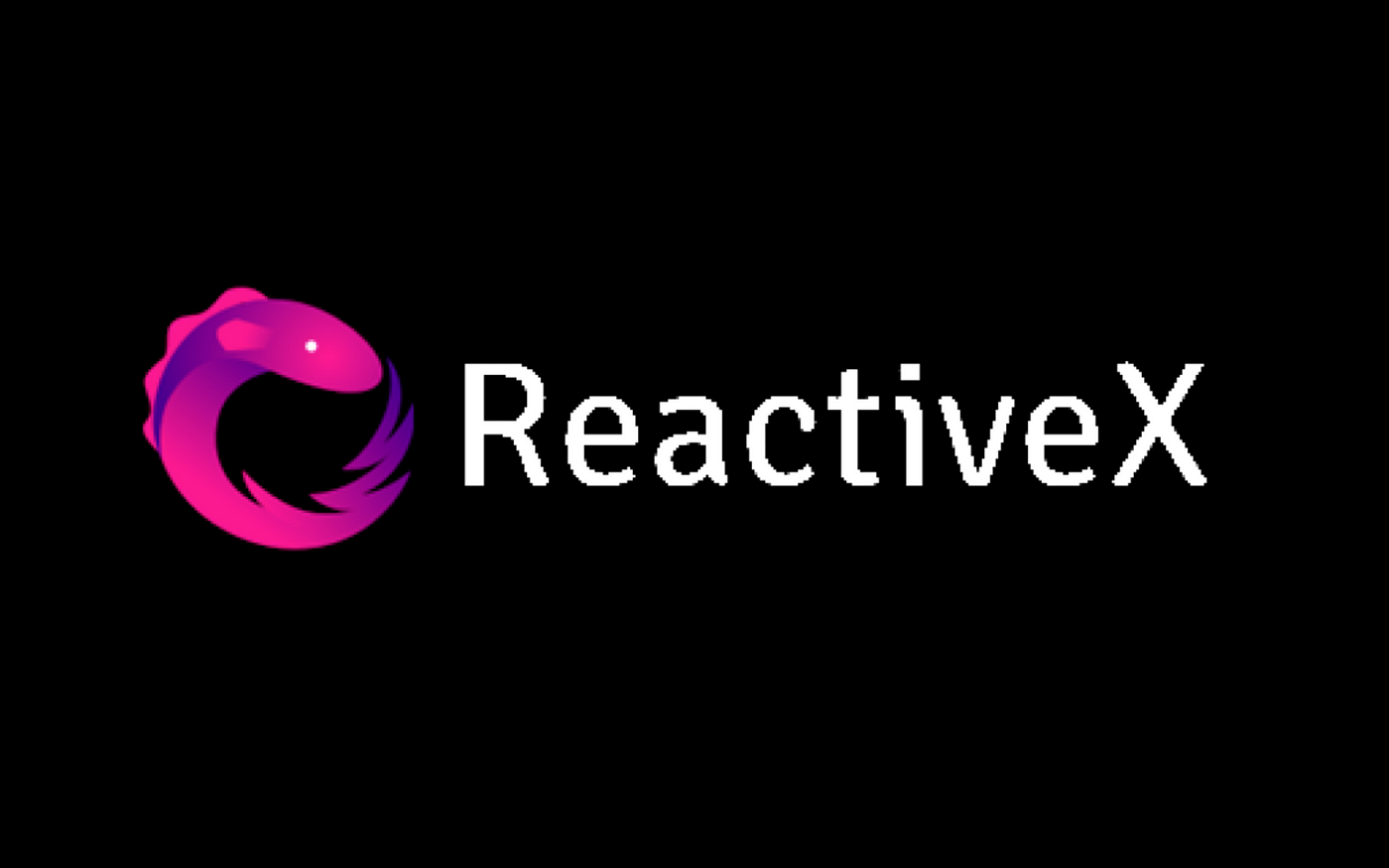In modern software development, asynchronous programming is the key to building efficient and responsive applications. Two popular approaches to managing asynchronous operations are ReactiveX (Rx) and Promises. In this article, we’ll delve into a detailed comparison of ReactiveX vs. Promises, exploring their principles, use cases, and differences. Additionally, we’ll provide external links and FAQs to help you gain a comprehensive understanding of these asynchronous programming paradigms.
Understanding ReactiveX (Rx)
ReactiveX, often referred to as Rx, is a programming paradigm and library for composing asynchronous and event-based programs using observable sequences. It allows you to work with asynchronous data streams and provides operators to filter, transform, and manipulate these streams in a declarative and composable way.
Exploring Promises
Promises, on the other hand, are a more straightforward approach to handling asynchronous operations. They represent a single value that may be available now, or in the future, or never. Promises offer a way to deal with asynchronous tasks by providing a cleaner syntax compared to callback functions.
ReactiveX vs. Promises: A Comparison
Let’s break down the comparison between ReactiveX and Promises based on key factors:
1. Composability and Flexibility
- ReactiveX (Rx): Offers extensive operators to manipulate and transform data streams, allowing for complex compositions of asynchronous operations.
- Promises: Simpler in terms of composition, as it mainly deals with a single asynchronous task.
2. Multiple Values vs. Single Value
- ReactiveX (Rx): Handles multiple values over time through observables, making it suitable for real-time data streams.
- Promises: Resolves with a single value, typically representing the result of a single asynchronous operation.
3. Error Handling
- ReactiveX (Rx): Provides powerful error-handling mechanisms, allowing you to handle errors at various stages of the observable pipeline.
- Promises: Typically relies on standard try-catch mechanisms for error handling, making it simpler but less versatile.
4. Backpressure
- ReactiveX (Rx): Offers built-in mechanisms for handling backpressure, ensuring efficient handling of data streams, especially in scenarios with varying data production and consumption rates.
- Promises: Do not inherently address backpressure, which can lead to resource inefficiencies when dealing with large volumes of data.
External Links:
For a deeper dive into ReactiveX and Promises, explore these external resources:
- ReactiveX Documentation: Access the official documentation for ReactiveX to learn more about observables and operators.
- JavaScript Promises – MDN Web Docs: Explore the MDN Web Docs for in-depth information on JavaScript Promises.
FAQs:
Here are some frequently asked questions related to ReactiveX and Promises:
Q1: Which one should I choose for my project, ReactiveX or Promises?
A1: The choice depends on your project requirements. Use ReactiveX when dealing with complex asynchronous data streams and Promises for simpler asynchronous operations.
Q2: Can I use both ReactiveX and Promises in the same project?
A2: Yes, you can use both paradigms in the same project if it makes sense for your specific use cases.
Q3: Are there any performance considerations when choosing between ReactiveX and Promises?
A3: ReactiveX can introduce higher complexity, which may impact performance if not used judiciously. Promises are generally simpler and can be more performant for straightforward asynchronous tasks.
ReactiveX (Rx) and Promises are valuable tools in the asynchronous programming toolkit, each with its strengths and use cases. The choice between them depends on the complexity of your asynchronous operations and the level of composability and flexibility required. Understanding the differences and capabilities of these paradigms will empower you to make informed decisions and write more efficient and responsive code in your projects.











